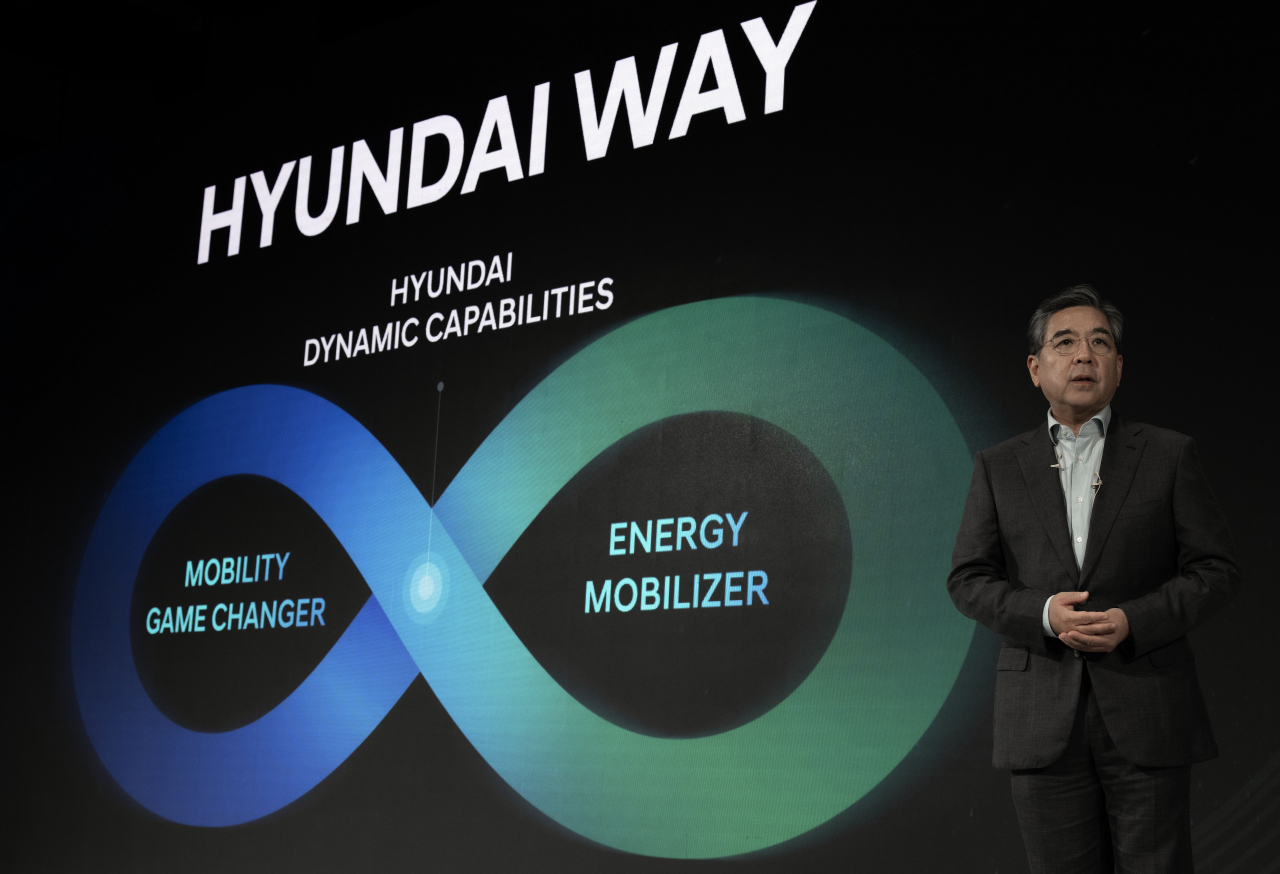您现在的位置是:半岛新闻网 > 新闻中心
World’s 1st 60 GHz mmWave to pave way for ultrafast 6G communication
半岛新闻网2024-09-22 04:27:48【新闻中心】1人已围观
简介By subscribing, you agree to our Terms of Use and Policies You may unsubscribe at any time.Researche
By subscribing, you agree to our Terms of Use and Policies You may unsubscribe at any time.
Researchers at the University of Glasgow in the UK have developed the world’s first 60 Giga Hertz (GHz) millimeter-wave (mmWave) band antenna to facilitate ultrafast communication using 6G networks.
The 60 GHz mmFWave is part of the spectrum reserved by international law for use in industrial, scientific and medical (ISM) applications, as per the university.
With the fifth generation of telecommunication technology being rolled out in various parts of the world, the race is on to develop the next generation of communication tech.
Featured Video RelatedInteresting Engineeringhas previously reported how researchers in the US and China are working to develop technology components that will facilitate high-speed internet communications that can also be beamed from space.
World’s first 60 GHz mmWave DMA
The James Watt School of Engineering researchers at the University of Glasgow have developed a prototype of a digitally coded dynamic metasurface antenna (DMA) controlled through a high-speed field-programmable gate array (FPGA).
“In recent years, DMAs have been demonstrated by other researchers around the world in microwave bands, but our prototype pushes the technology much further, into the higher mmWave band of 60 GHz,” said Qammer H Abbasi, a professor of Applied Electromagnetics and Sensing at the University in a press release. “That makes it a potentially very valuable stepping stone towards new use cases of 6G technology and could pave the way for even higher-frequency operation in the terahertz range.”
To build the high-frequency DMA, the researchers used specially designed metamaterials—engineered materials with special abilities that do not occur naturally. The metamaterial components can use software to manipulate electromagnetic waves and create a leaky-wave antenna that can operate at high frequencies.
The prototype is only the size of a matchbook. Still, using FPGA programming, it can make high-speed interconnections using the metamaterials. When required, the DMA can also shape its beams or create multiples in a matter of nanoseconds to ensure that the connectivity is not broken.
Applications of the technology and 6G
The DMA can improve sensing and communication in devices such as high-resolution radars in autonomous vehicles such as cars or drones.

Faster data transfers enable holographic imaging and project images of people and objects worldwide. In hospital settings, the antenna could help monitor patients’ signs and track their movements to improve patient care.
“The programmable beam control and beam-shaping could help in fine-grained mmWave holographic imaging as well as next-generation near-field communication, beam focusing, and wireless power transfer,” said Masood Ur Rehman, a senior lecturer at the University of Glasgow who was involved in this work.
“6G has the potential to deliver transformative benefits across society. Our high-frequency intelligent and highly adaptive antenna design could be one of the technological foundation stones of the next generation of mmWave reconfigurable antennas,” added Rehman.
The researchers are keen to work on further improving the antenna design to deliver more versatile and flexible performance to meet the needs of the connected world, the press release added.
The research findings were published in the IEEE Open Journal of Antennas and Propagation.
很赞哦!(85344)
相关文章
- Tesla issues recall for 9,100 Model X cars
- Gauff eyes uplifting end to season
- Samsung phones for NK Olympians may violate UN sanctions, Seoul says
- Mariah Carey, Christmas queen, declares the official start of the holiday season
- 'Metaphor: ReFantazio' hands
- Google brings virtual reality directly to your web browser
- Teardown of 11
- Like Steph Curry, The Rock isn't happy Under Armour's CEO praised Trump
- Tesla reveals Cybertruck has sold more than DeLorean
- Job quality worsening for SME employees
热门文章
站长推荐

How to Backup Your Gmail Account

CAS clears Ecuador to play at World Cup

Samsung will debut new foldable phones once per year, says

中小学生暑期读书热情高

'Hyundai Way': Auto giant's W121tr plan aims to seize mobility market lead

Cry of the Week: 'Jane the Virgin' and #TeamMichaelForever

Beware Bale, warns US coach Berhalter

Signal, Snowden's favorite private messenger, is testing a video call feature